#Bizjet
Explore tagged Tumblr posts
Text
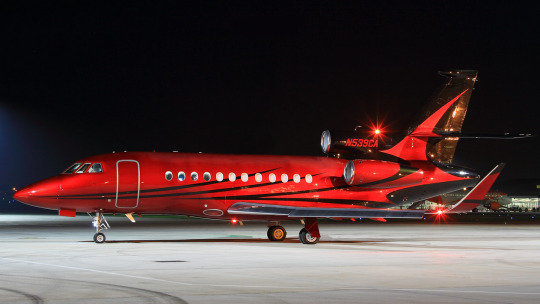
Gama Charters Inc 2007 Dassault Falcon 900EX
#Dassault#Falcon#Dassault Falcon#900EX#Falcon 900EX#company jet#private jet#corporate jet#Bizjet#Business aviation#London Southend Airport
32 notes
·
View notes
Text
smaller planes getting dominated by bigger planes. little single engine cessnas being easy prey for airliners and bizjets and fighters. so much weaker in comparison and fun to outmaneuver and wrestle to the ground and pin down. you agree. reblog
28 notes
·
View notes
Note
heya! I think those plane furry dragons are awesome and I'd love to make one, but I honestly have no idea about planes :P
any ideas on getting into it? I dunno, I just think they're neat and wanna know more about em (:
i get this question occasionally! i personally unfortunately only have the advice of be autistic and furry because you'll probably latch onto something however i have discussed some things like this before!
1 | 2
My general advice is to think abt what type of planes you visually like a lot to start with. I like commercial jetliners, but some people like biplanes, or general aviation planes, bizjets etc. etc. There's a lot out there! I personally simply enjoyed Anything flight-related as kid because I was the dragon girl in primary school so planes were like the next best thing (and probably why i like planedragons now). It's kinda spiraled from there over the years.
There's lots of youtube channels out there that post about aviation for livestreams of airports etc, so I like to throw them on in the background when I'm drawing or cleaning (like I'm supposed to be doing now heh).
16 notes
·
View notes
Text
Live 🔴 with a long early morning flight with a big bizjet!
twitch_live
0 notes
Text
Saab GlobalEye Set To Challenge Boeing E-7 As Canada’s New Radar Plane
0 notes
Text
0 notes
Text

airsLLide No. 1369: YI-AKA, Lockheed L-1329 Jetstar II, Iraqi Airways, Basel-Mulhouse, August 14, 1987.
A glimpse through the fence in the maintenance area - a location now no longer accessible due to several new hangars built since - revealed an exotic visitor, in more than one aspect. The Jetstar was unique as it was the only four-engined bizjet ever built, with the particularly interesting design of all four engines being tail-mounted, similar to the much larger British VC-10 or Soviet Ilyushin 62 airliners.
Furthermore, although wearing the full livery, logo and titles of Iraqi Airways of the period, YI-AKA it was one of four Jetstars operated as VVIP aircarft for the Iraqi regime (the others being registered AKB through AKD). All four of them staged through a maintenance and possibly also refit programe with a local VVIP outfitter in 1987, with one aircraft at a time being present for a period of one to two months.
YI-AKA returned to Iraq to serve for another four and a half years before it was donated by the Iraqi government to the Palestine leadership in early 1992. For obvious reasons such as the lack of local infrastructure and of internationally recognised Statehood, it was thereby registered and operated out of Algeria, under the AOC of Air Algérie and in full such colors.
0 notes
Text
ACJ TwoTwenty - The Most Spacious Bizjet
AAA Luxury World Marketplace is proud to present you this wonderful Video about the Luxury Aviation World
0 notes
Video
youtube
Airborne 02.12.24: Red Arrows, Taylor Swift Sells BizJet, Aerobility Sims
0 notes
Text
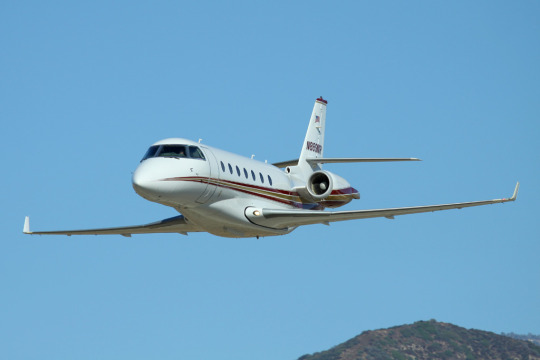
A Gulfstream G200 makes a low pass before departing the Redlands Airport
#Gulfstream#G200#Gulfstream G200#business jet#jet#executive aircraft#planes#Bizjet#corporate jet#private jet
14 notes
·
View notes
Photo

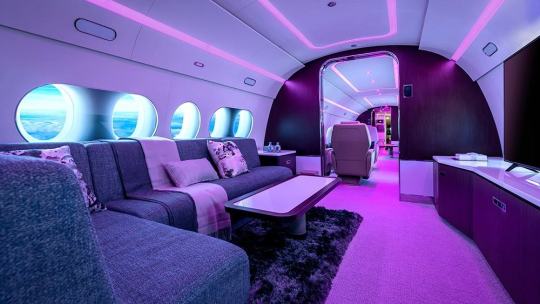

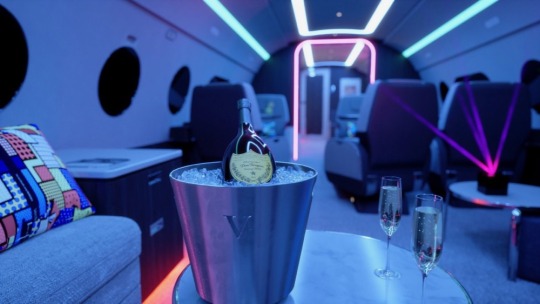
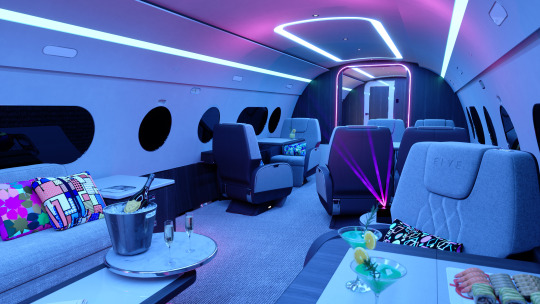
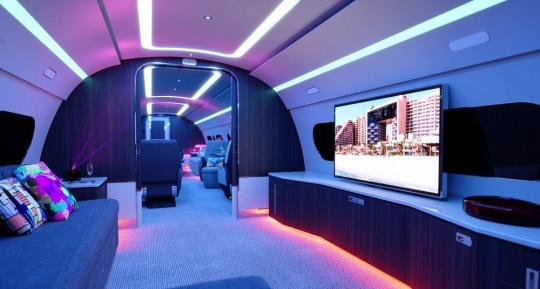
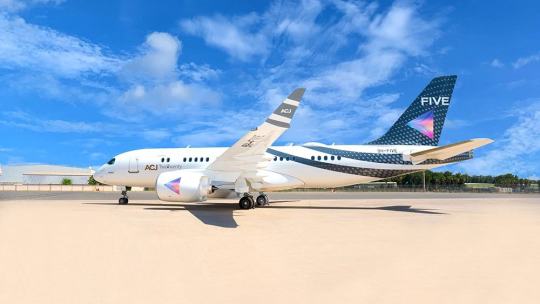
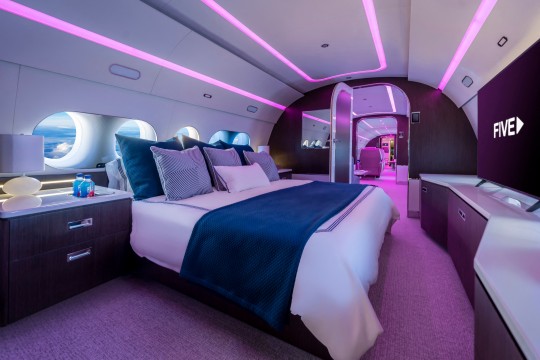
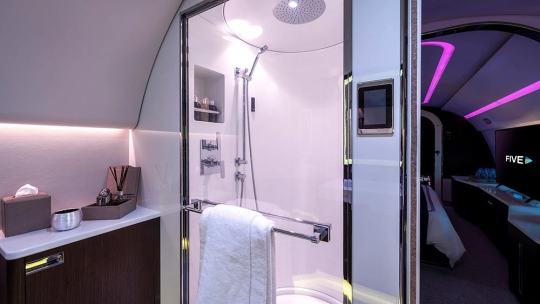
9H-FIVE (“Nine-Hotel-FIVE) !
The 9H-five is based on Airbus’s TwoTwenty ‘Bizjet’, a 35-meter jet with over 786 square foot (73m2) of usable space.
Comlux convertion
#art#design#interiors#plane#boutique hotel#luxurylifestyle#luxury hotels#flying hotel#travels#billionairelife#billionaire#9H-FIVE#dubai#comlux#airbus#bizjet#jetset#jet#flyingpalace#flyingprivate#uniquehotel#unique hotel#designhotel#hoteldesign#airbus twu twenty
110 notes
·
View notes
Photo
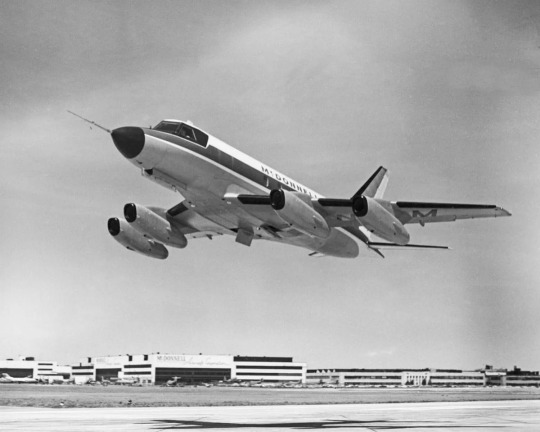
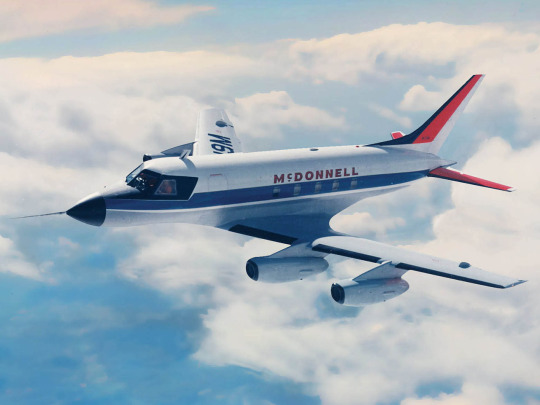
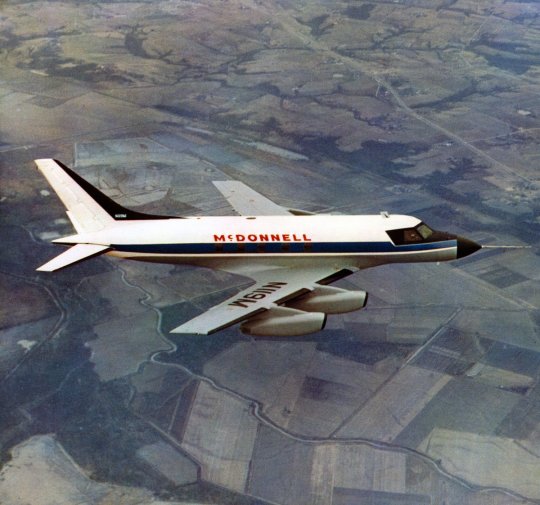
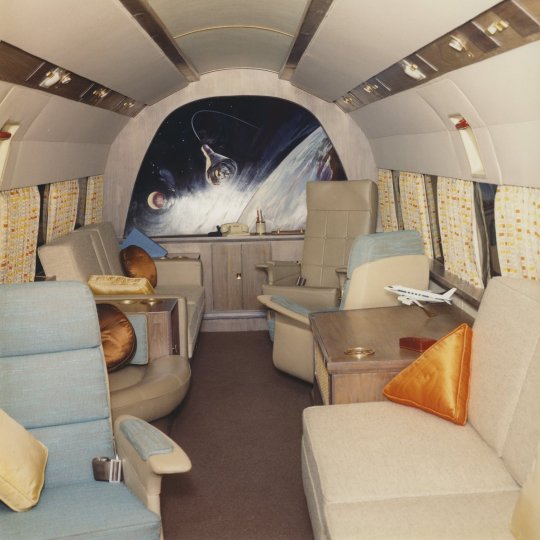
McDonnell 119/220
The business jet was developed and unsuccessfully marketed by McDonnell Aircraft in the late 1950s and early 1960s.
Its configuration is unique for this type of aircraft, with four podded engines underneath a low wing.
#art#design#vintage plane#vintage aircraft#aircraft#Business jet#mcdonnell#bizjet#private jet#Jetsetter#jetset#1950s#1960s#flyingprivate#flyingpalace
33 notes
·
View notes
Photo

Magazine : corporatejets Solid capture of this Gulfstream. @apaaero #themillinorelife #aviation #gulfstream #aeroplane #aero #biz #bizjet #privatejet #lux #luxury #luxurylifestyle #color #privatejet #privatejets #privatejetlife #privatejetcharter #privatejetlifestyle #privatejettravel #jethalal #jet #jetlife #luxuryjet #luxuryjet #luxuryjets #luxuryjetstyle https://www.instagram.com/p/CRLjr0zpsPO/?utm_medium=tumblr
#themillinorelife#aviation#gulfstream#aeroplane#aero#biz#bizjet#privatejet#lux#luxury#luxurylifestyle#color#privatejets#privatejetlife#privatejetcharter#privatejetlifestyle#privatejettravel#jethalal#jet#jetlife#luxuryjet#luxuryjets#luxuryjetstyle
5 notes
·
View notes
Text
Live 🔴 with a bizjet trip to the beautiful Keys!
twitch_live
0 notes
Link
0 notes
Photo

N703RK Emergence Soutwest LLC Jacksonville, FL, US, Gulfstream Aerospace G-V Gulfstream V landing at @aeroporto_napoli @gulfstreamaero @gulfstream_jets @gulfstream_spotters #aviationgeek #aviationgeekHi #aviationphoto #aviationpic #followme #leaveacomment #nikond7200 #iamaspotter #supportmypage #view #mypic #landing #gulfstream #bizjet @domi_seven @planesjm @meriem_aviation @milanoplanespotter.official @prg.jets @laura__aviation @jasmin_bird_planespotter @planespotterdavina (presso Aeroporto Internazionale di Napoli) https://www.instagram.com/p/CQoI9wXM9_o/?utm_medium=tumblr
#aviationgeek#aviationgeekhi#aviationphoto#aviationpic#followme#leaveacomment#nikond7200#iamaspotter#supportmypage#view#mypic#landing#gulfstream#bizjet
3 notes
·
View notes